hackberry tree leaves bumps
Other trees besides hackberry have lace bugs but hackberry seems to suffer the most sever and noticeable symptoms. The trees have strong tap roots and many shallow spreading roots.
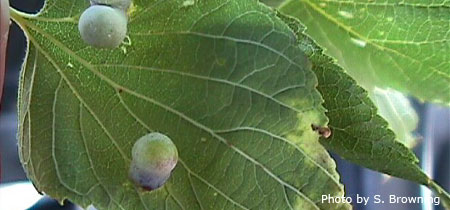
Most Leaf Galls Don T Hurt Trees Galls Nebraska Extension In Lancaster County
The bark is mostly smooth and gray with small bumps or warts on the older stems.
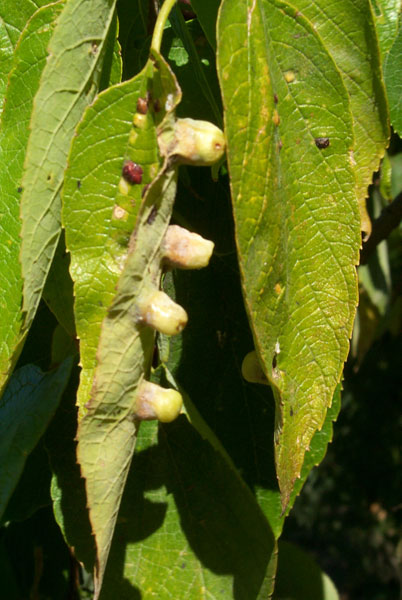
. The wart-like growths on the hackberry leaves are galls. Hackberry trees are known for their corky texture and warty growths on the bark. The trees have strong tap roots and many shallow spreading roots.
The tree grows in hardwood forests and limestone ground in its native habitat. Leaves of hackberry trees often have the hackberry nipple gall caused by an insect called a psyllid. Small green bumps appear on the tops of silver and red maple leaves turning bright red.
The good news is that the bumps are generally not caused by a disease. Galls are abnormal growths of plant tissue induced to form by mites insects or other small organisms. Hackberry disease 269208.
It is drought tolerant. They are often covered with bumps called Nipple Galls. Pest Control By Charmayne Smith The hackberry tree or Celtis occidentalis is a vigorously growing member of the elm family.
The foliage is elm-like and the bark is corked and warty. Hackberry leaves have teeth and taper towards the tip. Galls are odd greenish shapes that grow on plants.
This insect does not appear to affect tree health. My Hackberry tree appears to have 2 diseases going on. It produces bumpy grayish bark.
Again this year we are experiencing a bumper crop of hackberry lace bugs. They are often covered with bumps called Nipple Galls. The gall found on the hackberry leaves is referred to as the hackberry nipple gall.
Galls are abnormal vegetable growths caused by various agents such as insects nematodes fungi bacteria viruses chemicals and or mechanical injury. Maple bladder gall is a common example of leaf galls. This is due to tiny mites feeding on newly developing leaves.
The wood has a charecteristic yellowish white color. Potential hackberry growers should also know that a condition known as hackberry nipple gall is among the most common disease to infect these trees -- it will cause both raised bumps on the leaves as well as discoloration. Hackberry has a mature height of 40 to 60 feet with a 1- to 2-foot trunk diameter.
Up close the bumps look like hairy nipples. Your first thought might be that it is a disease or insects have laid eggs or burrowed into the leaf the way leafminers do. The gall is induced to form by a gnat-like psyllid.
It has been a good year for funky leaf galls or a bad year I guess depending on how you look at it. It causes raised bumps on the leaves and discoloration. However by the time you see those bumps the insect has long since moved on.
In the fall the leaves turn a bland yellow before dropping. Mature size and shape. Hackberry is a highly variable species that can vary in size from a large to small tree or shrub.
The leaf underside has large netlike veins. Hackberry Celtis occidentalis is a native tree of the US and is also known as common hackberry and nettletree. The leaves of hackberry have a rough texture like sandpaper.
The leaves often have galls and disease sometimes causes dense clusters of deformed twigs along the branches. Although it wont harm the tree it is disfiguring. Nipple galls are common ailments of various trees in the landscape and can be caused by a few different insects.
Also known as American hackberry common hackberry Celtis occidentalis is a fast-growing member of the elm family. They are usually insect damage. Lace bugs are present every year on several of our common deciduous trees but only occasionally are the populations large enough to be noticed.
There are tiny black winged bugs with tinier babies all over the inside of the leaf. Up to 50 feet Medium to fast growth Pyramidal shape in youth spreading rounded shape in maturity Bark of young trees appears covered with bumpy warts but the pattern changes to cork-like ridges as trees mature 2. Dead branches and twigs often first observed in early spring when no leaves form Or wilting soon after leaves emerge in spring Sunken dark brown area on branch that is often cracked or has a ridge at the edge Raised cushion-like bumps on affected branches may be cream to orange or red turn black with age.
Heavily infested leaves may turn yellow and drop prematurely. Hackberry nipple gall is probably the most common disease to infect hackberry trees. They are quite common on trees.
The wood is heavy weak coarse-grained pale yellow to nearly white. This specific gall is caused by a psyllid on hackberry trees. Hackberry leaves measure 2 to 5 5 12 cm long and up to 35 9 cm wide.
50 to 70 feet Width. Elms often get galls such as the. The bumps can be hard or just hollow protrusions.
Dead branches and twigs often first observed in early spring when no leaves form. Hackberry nipple gall maker Pachypsylla celtidismamma is an insect pest of hackberry trees creating bumps on the underside of the leaves also known as galls. Hackberry leaves covered with insect sacs 770303 Asked September 01 2021 625 PM EDT All the leaves on my 2 hackberry trees are covered with insect sac bumps.
When our clients ask about these funny bumps on their tree leaves I usually stop at the short explanation that. Hackberry leaf galls are raised warts on leaves that are caused by small aphid-like insects that live within the growth. The leaves are turning brown and are falling down a lot in the last weekThe leaves have the whitish wart-like bumps on the underside and they also have black tiny dots covering the leaf.
It drops its leaves in fall Height.

Hackberry Nipple Gall Aspen Arboriculture Aspen Arboriculture

Hackberry Psyllids Tiny Jumping Biting Insects Insect Diagnostic Lab
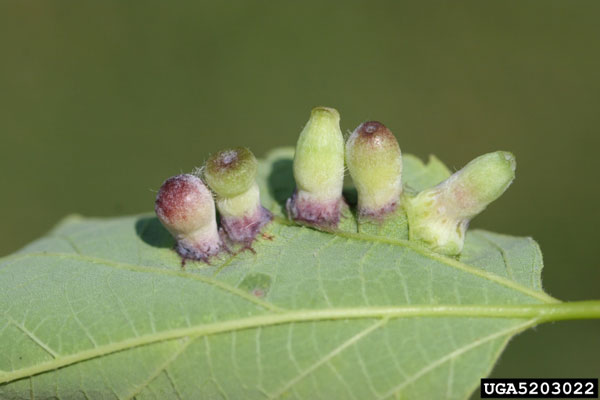
What S Wrong With My Plant Garden University Of Minnesota Extension

What S Wrong With My Plant Garden University Of Minnesota Extension
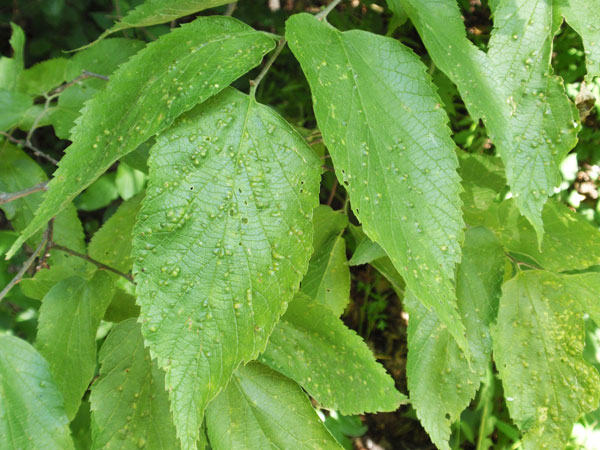
What S Wrong With My Plant Garden University Of Minnesota Extension
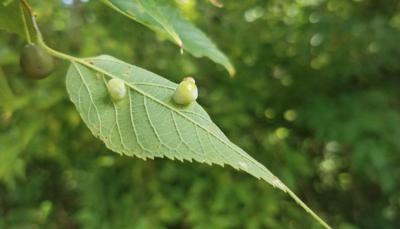
In The Garden Fresh Perspective On Hackberry Nipple Gall Living News Gazette Com

What S The Deal With Those Weird Bumps On Tree Leaves Open Spaces Trib Com
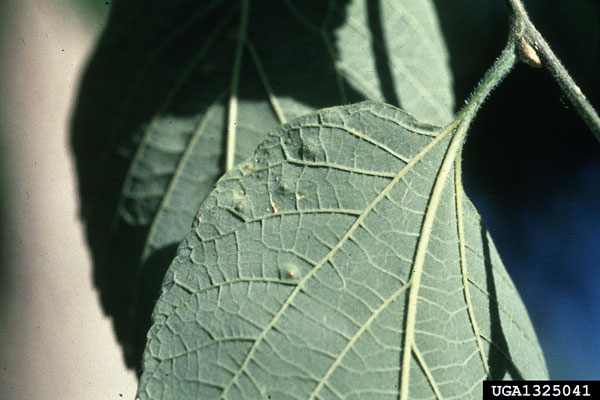
What S Wrong With My Plant Garden University Of Minnesota Extension

206 Gall Mites Photos Free Royalty Free Stock Photos From Dreamstime
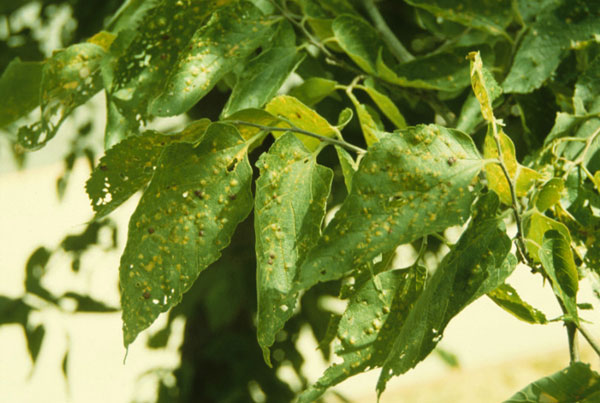
What S Wrong With My Plant Garden University Of Minnesota Extension

Hackberry Gall Makers Extension Entomology

Tis The Season For Leaf Gall Knecht S Nurseries Landscaping

My Leaves Have These Weird Bumps And Lumps On Them Arborsmith Ltd Crafstman In The Care Of Trees
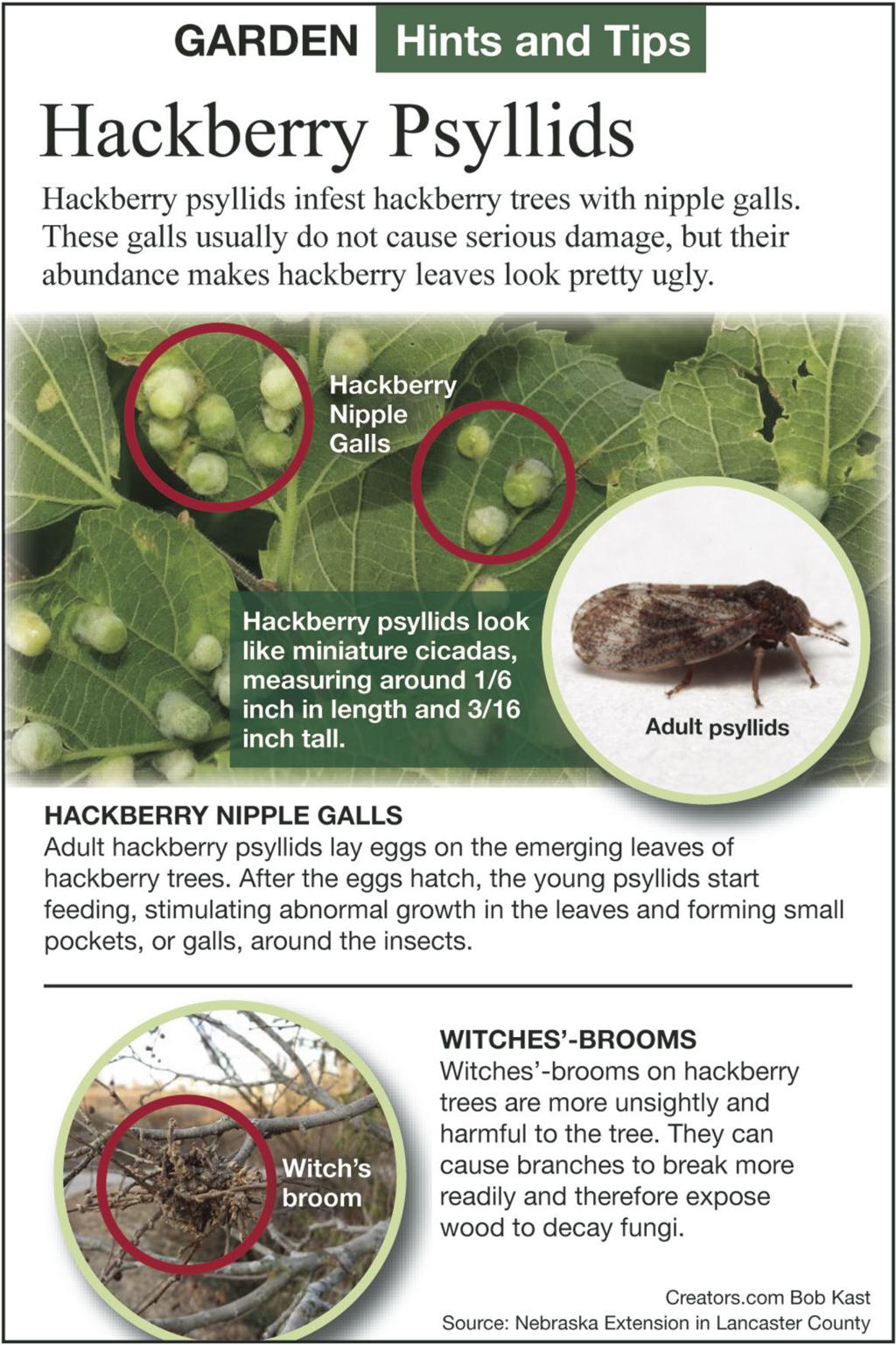
Hackberry Nipple Galls Deform Tree Leaves Siouxland Homes Siouxcityjournal Com
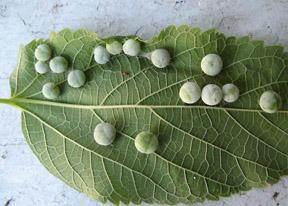
Hackberry Nipple Galls Make Appearance In Richland County Archives Sidneyherald Com
Hackberry Leaf Drop 458458 Ask Extension

What S Wrong With My Plant Garden University Of Minnesota Extension
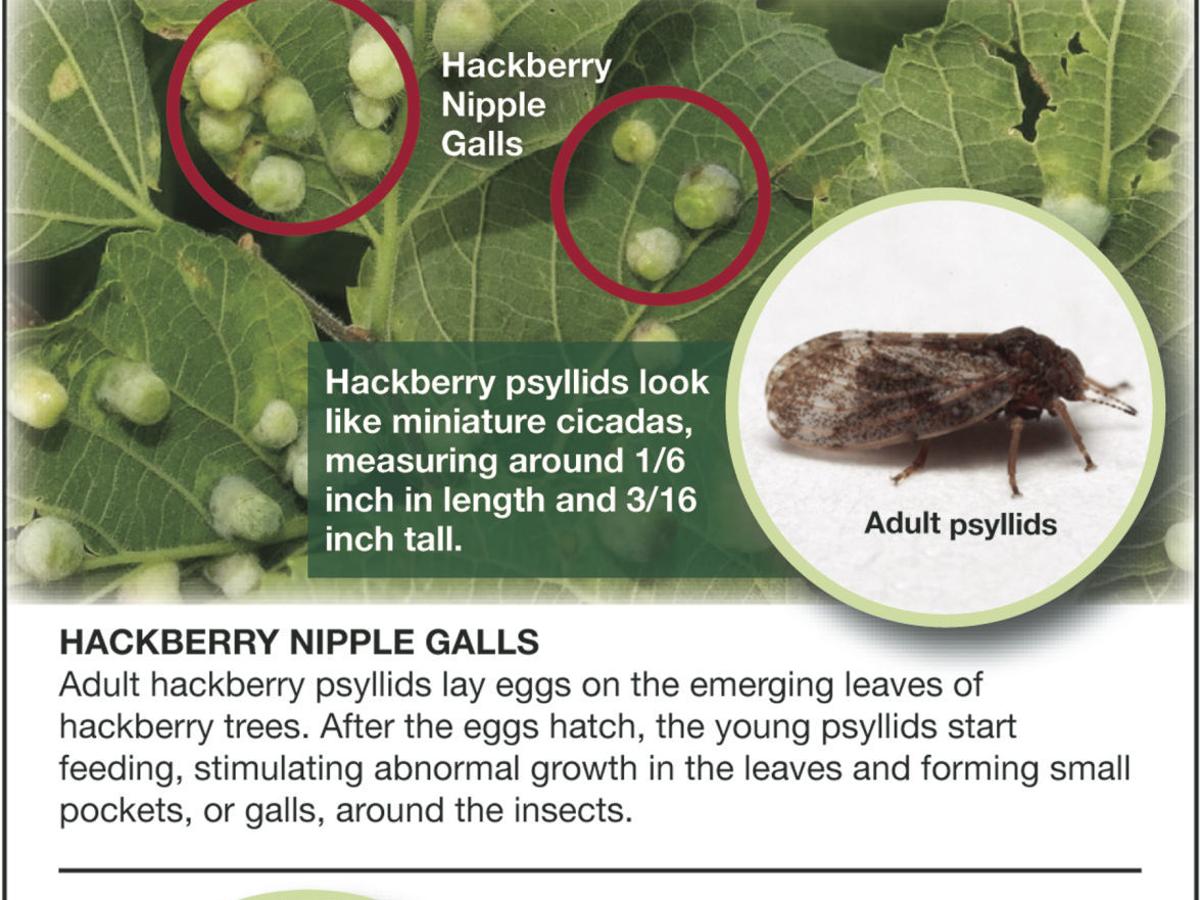
Hackberry Nipple Galls Deform Tree Leaves Siouxland Homes Siouxcityjournal Com
